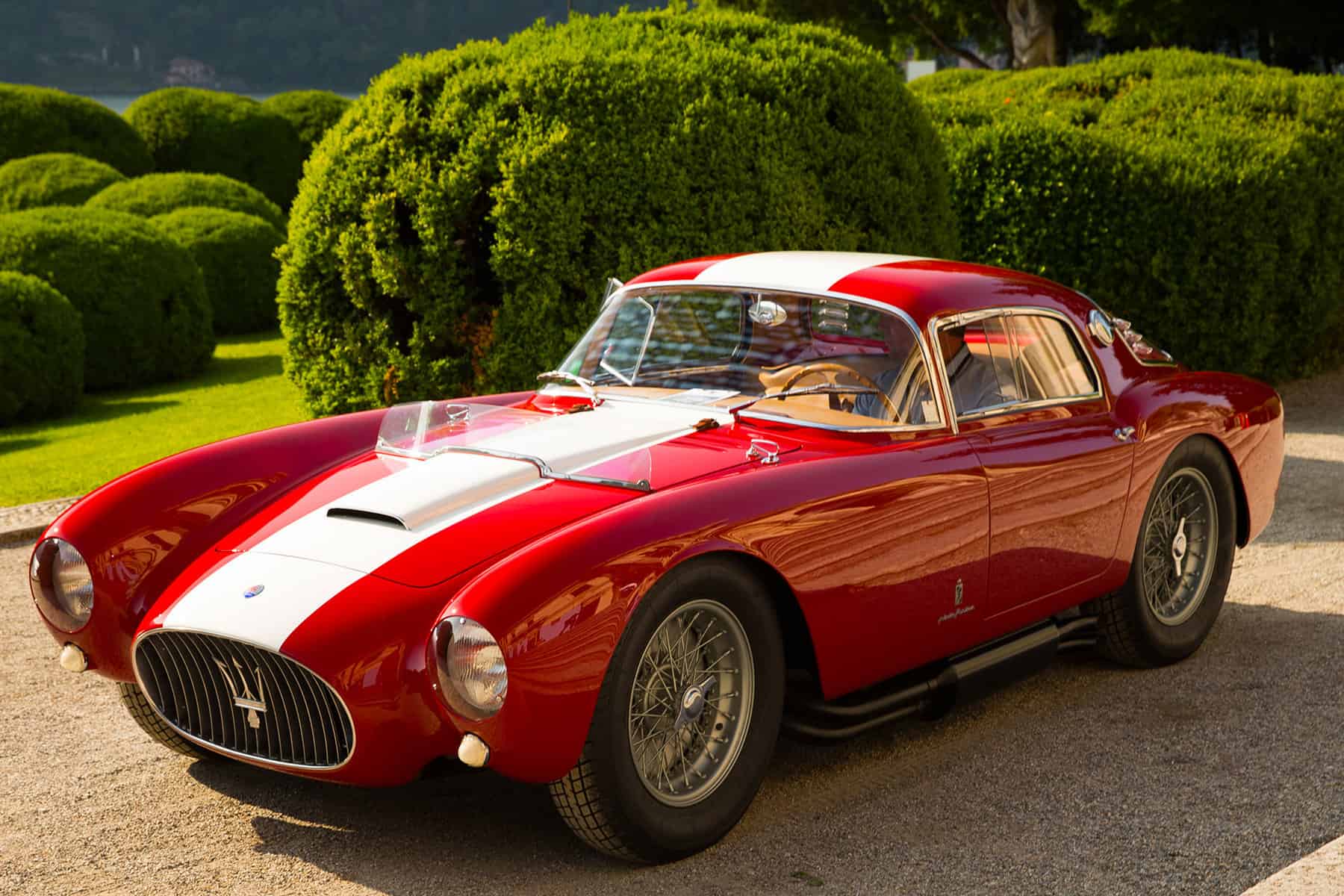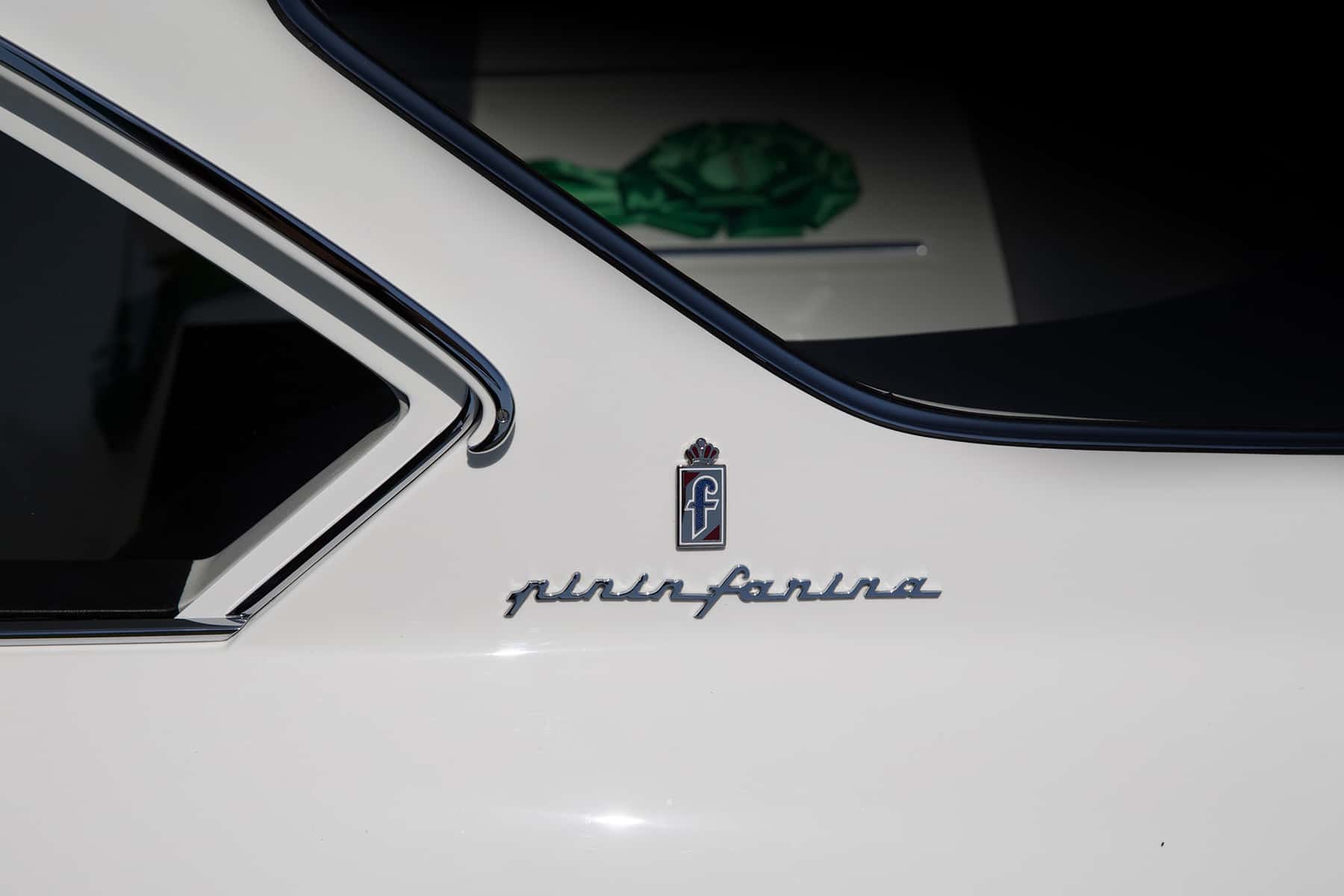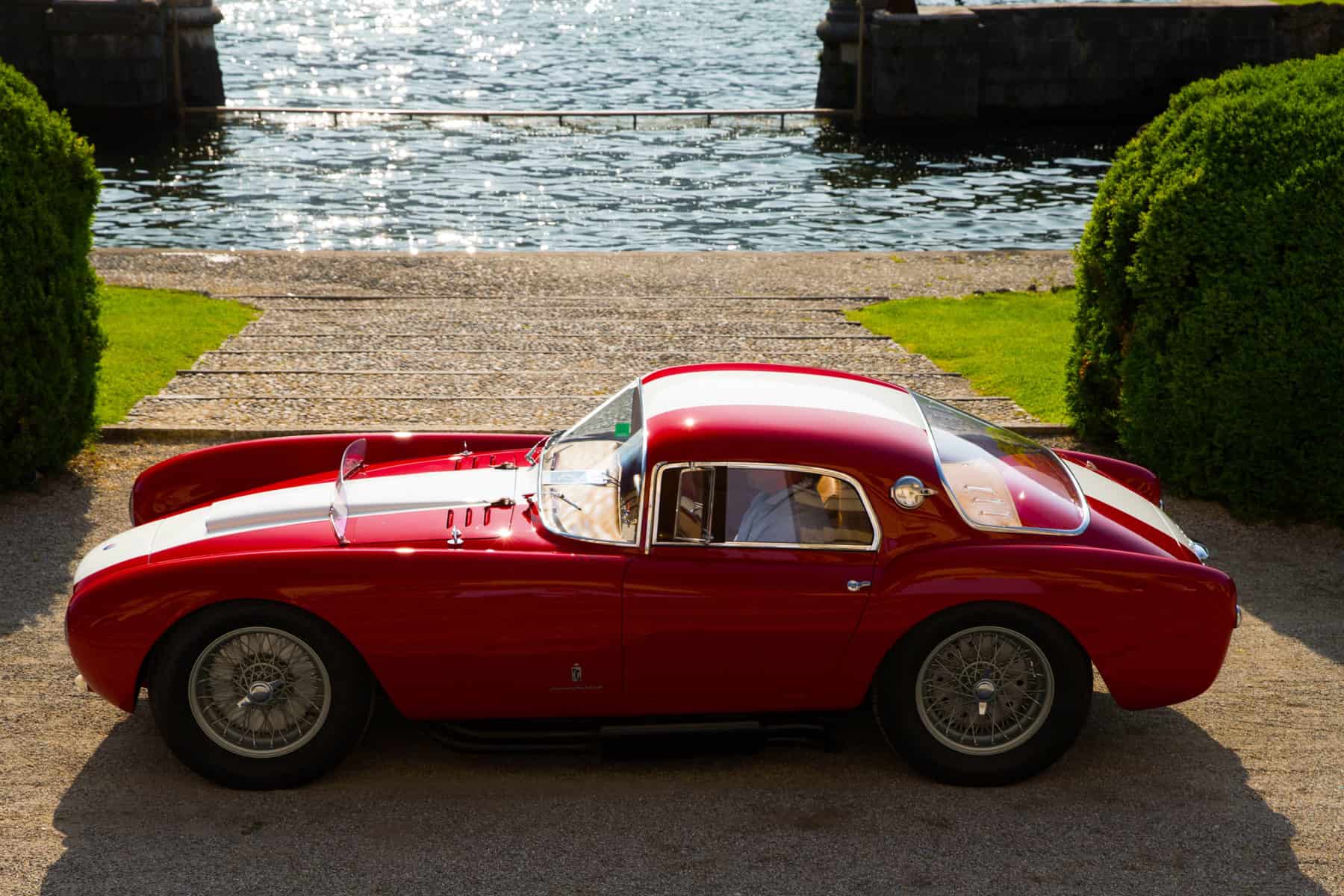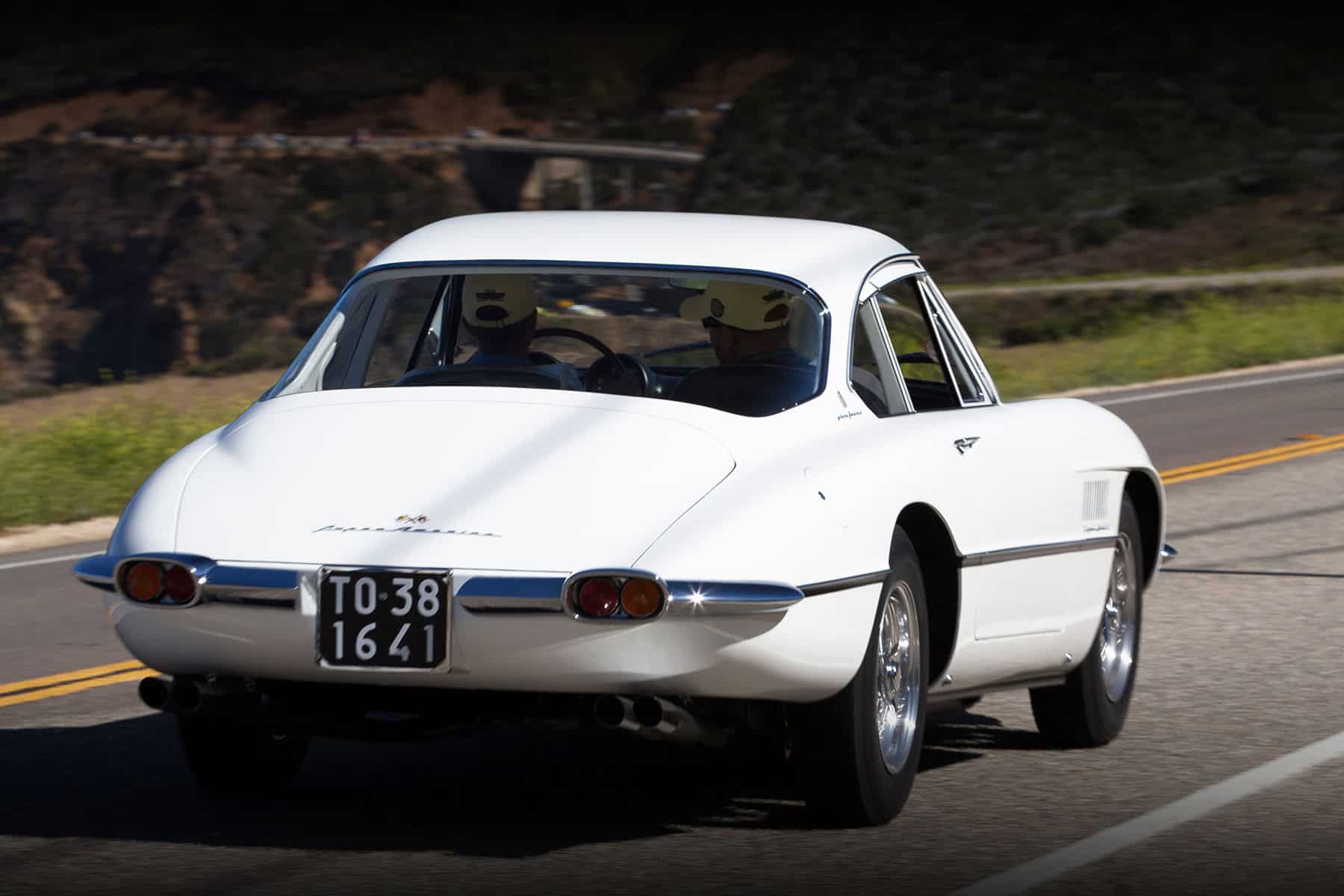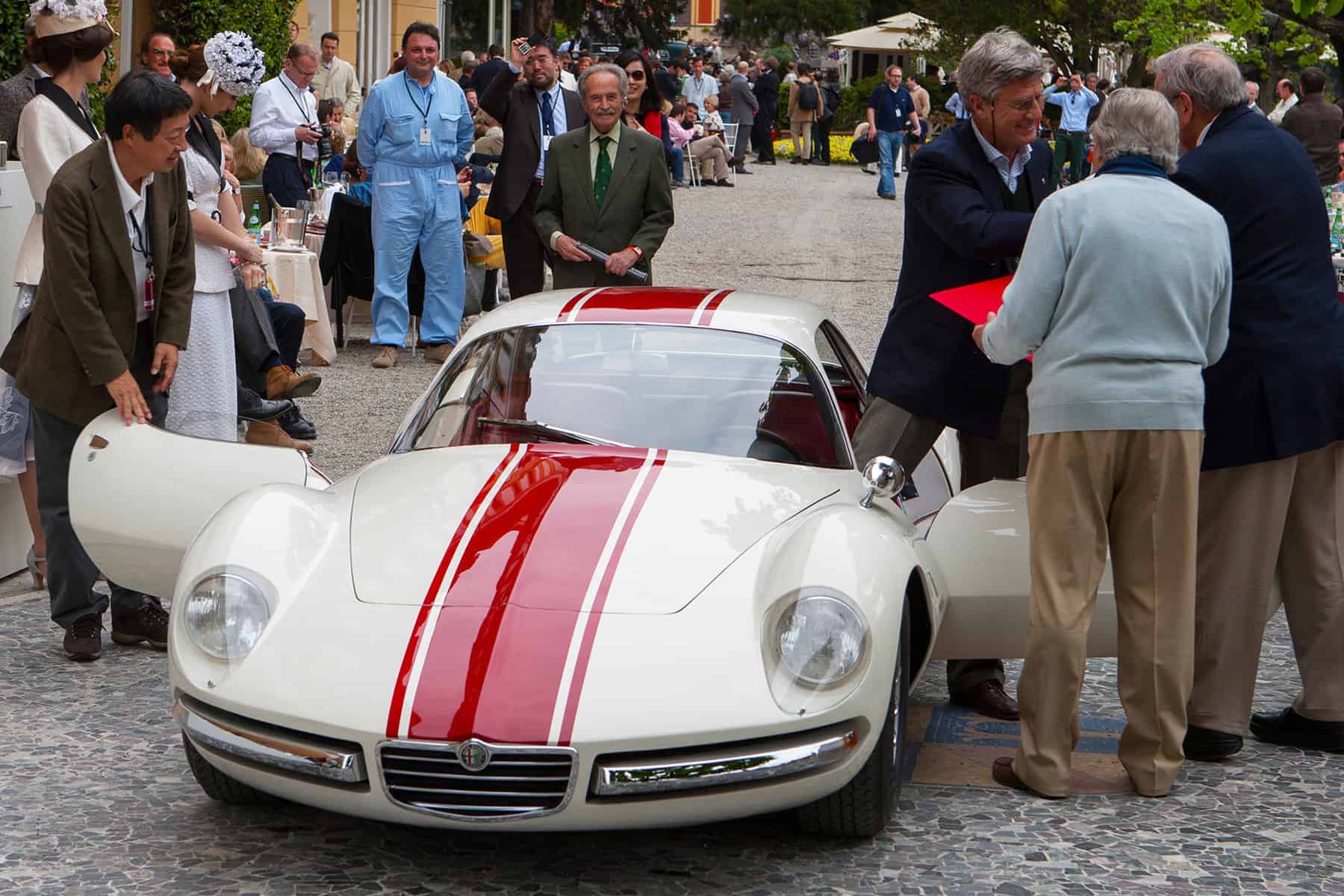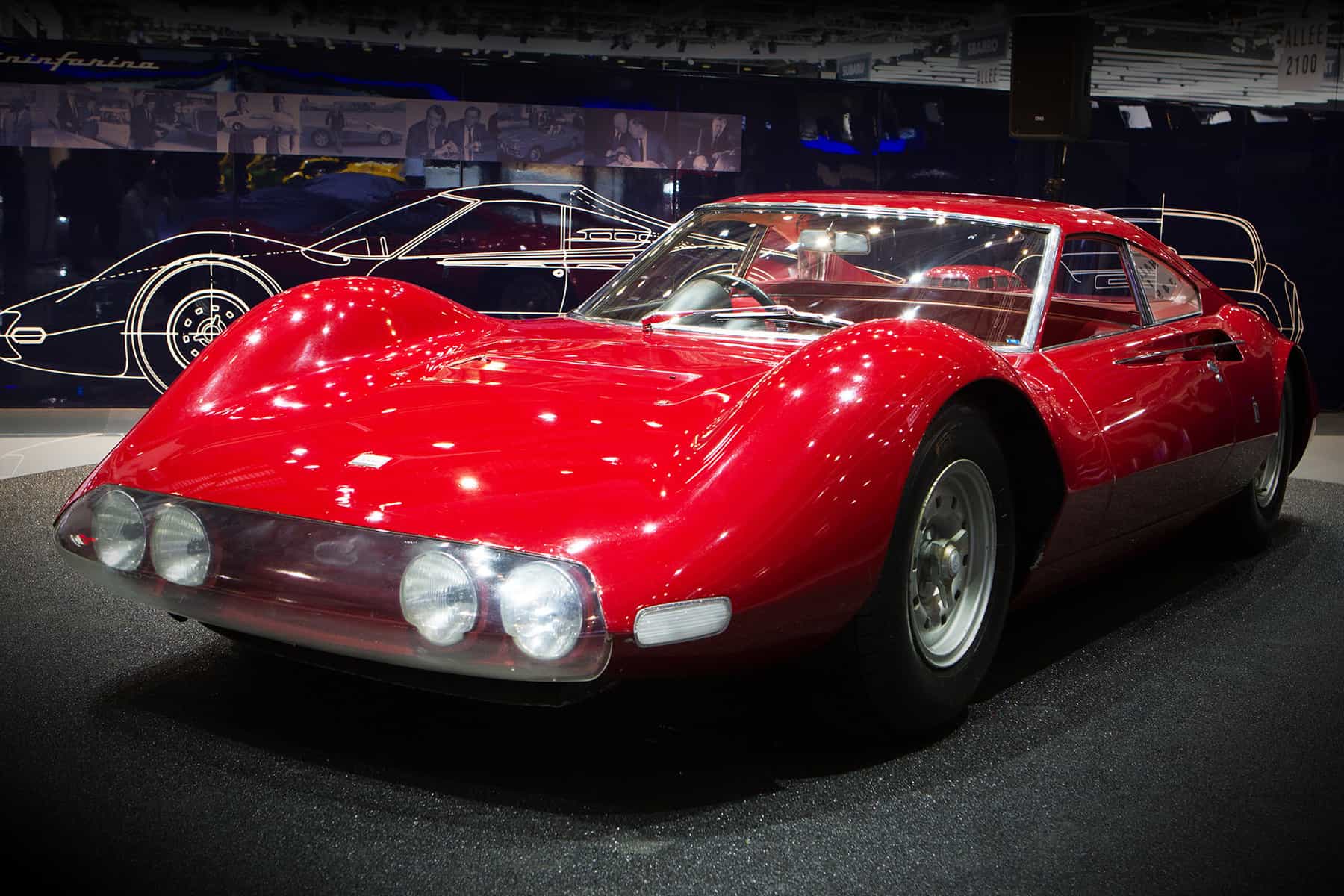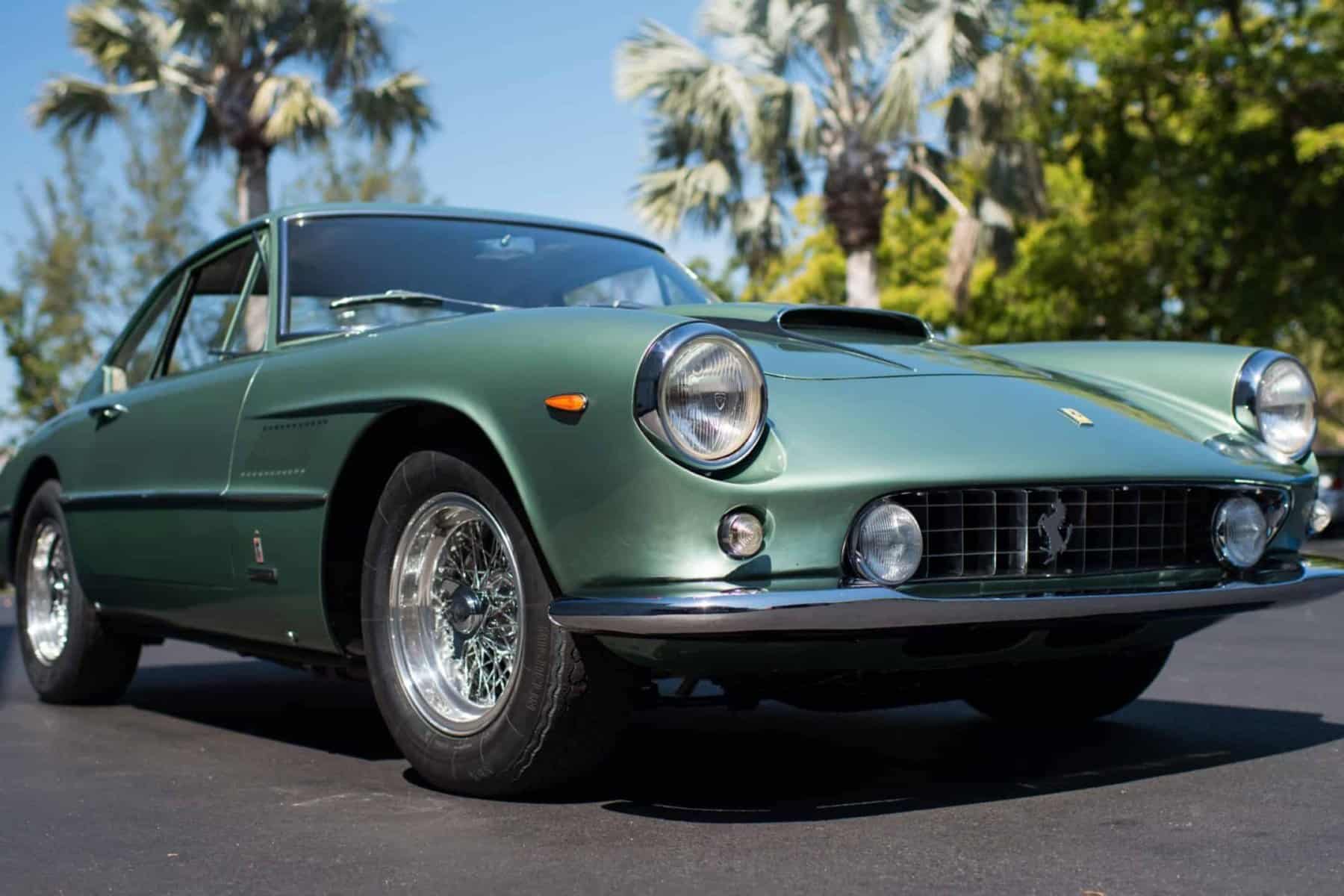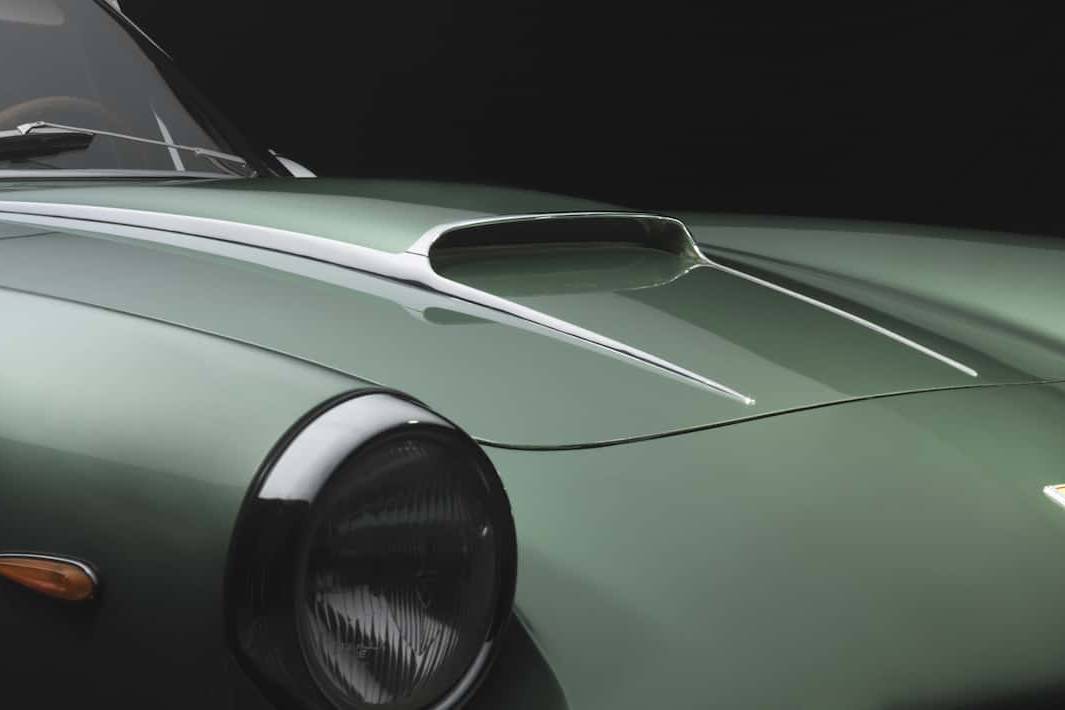Addio, Aldo Brovarone
Paying tribute to the late master designer.
BY: WOUTER MELISSEN
On October 12, Aldo Brovarone passed away at the very respectable age of ninety-four. His name might not sound particularly familiar to all, but he was responsible for the design of some of the most iconic show and production cars ever made. There was no mention of his name on any of these cars; they simply wore the badge of Pinin Farina (known as Pininfarina from 1961 onwards). Brovarone worked for the Italian carrozzeria from 1952 through to his retirement in 1988. From 1974, he was the company’s design manager.
Young Brovarone’s parents had a career in mind for him in the local textile industry and sent him to a business school. He started his working career after the war designing refrigerators and later worked as a graphic designer for an advertising company in Buenos Aires, Argentina. In 1952, he was recalled to Italy by Argentinean Piero Dusio, the founder of the Cisitalia. Dusio and Brovarone had met during the war when they were both held in an internment camp in Poland. When Cisitalia folded in 1954, it was Dusio himself who encouraged Battista “Pinin” Farina to hire the talented Brovarone.
Not trained as an automotive designer, Brovarone stood out for his artistic talent. He started as an assistant to Pinin Farina’s more senior designers, converting their ideas to paper. It wasn’t long before he started adding his own touches to the designs and, by the end of the 1950s, Brovarone was putting those designs to paper. Among his most famous designs for Pininfarina are the Ferrari Dino 246 GT, Peugeot 504 Coupe, and Lancia Gamma Coupe. Following his retirement from Pininfarina, Brovarone offered his talents to Stola and StudioTorino into the mid-2000s. He also continued to draw, making cards with beautiful illustrations of airplanes and classic cars.
To celebrate the career of this singular talent, we have taken a detailed look at five of the finest creations from his hand.

Ferrari 375 America Coupe Speciale
The very first design Brovarone worked on for Pinin Farina was a one-off Ferrari 375 America commissioned by Turinese industrialist and Fiat supremo Gianni Agnelli. Needless to say, this was a prestigious project, but it was nevertheless the sketch created by Brovarone that was picked for the final design. Finished in a two-tone paint scheme of dark metallic green with a red roof, it was an unusually exuberant design for Pinin Farina. It featured a prominent upright radiator, flying buttresses, and a transparent roof. It was shown at the 1955 Turin Motor Show and retained by Agnelli through to the end of the decade. In 2000, it became part of a prominent American collection. Following a restoration in 2002, it has been regularly shown at major events around the country.
Maserati A6GCS/53 Pinin Farina
Another early design in which Brovarone had a hand was the berlinetta body created for the Maserati A6GCS/53 chassis. Commissioned not by Maserati but by the Rome distributor “Mimmo” Dei, this design has gone into history as one of the all-time greats. Four examples were built and the first one was shown at the Turin Motor Show in 1954. The combination of the achingly beautiful Pinin Farina lines with the racing car underpinnings make these rare machines among the most desirable Maseratis of all time. One of the reasons these cars were created directly for Maserati was Pinin Farina’s quickly growing partnership with Ferrari. As a result, the A6GCS/53 Berlinetta would remain the last Maserati clothed by the Turinese company for fifty years. That changed when Pininfarina was hired to design the Quattroporte and GranTurismo, which both include clear cues inspired by the A6GCS/53.
Ferrari 400 Superfast II
In 1959, Brovarone moved up the design ladder and one of the first machines he was fully responsible for was the Ferrari 400 Superfast II. This show car debuted at the 1960 Turin Motor Show and served as the prototype for the upcoming 400 SuperAmerica. With its lines inspired by an airplane wing, it was designed to be very aerodynamic. Its smooth lines were not interrupted by the rotating headlights. It was subsequently redesigned with more conventional open headlights and also repainted. Renamed the Superfast III, it was back in the spotlight in 1961 and again in 1962 as the Superfast IV. It survived for many years in its ultimate configuration, but in 2015 it was restored to its original Superfast II guise and colors. Apart from the rotating headlights, its influence can clearly be seen in the Aerodinamico-bodied 400 Superamericas built between 1960 and 1964.
Alfa Romeo Giulia 1600 Sport
Brovarone, arguably, reached his artistic peak in the mid-1960s when he penned two striking show cars. The first was this Giulia Sport, which debuted at the 1965 Turin Motor Show. It was built on the same tubular chassis as the Giulia TZ competition car. In place of the Zagato body, fitted on the racing cars was a very low coupe body penned by Brovarone. It was so low that it featured very pronounced fenders to clear the front and rear wheels. Finished in off-white, the Giulia 1600 Sport featured a prominent red stripe that ran from the small front grille to the long tail. The significant overhangs further accentuated just how low the car is. Following its motor-show duties, the beautiful Alfa Romeo has survived in strikingly original condition. It has been in Japanese ownership for many years. At a very rare outing, it was shown at the 2010 Concorso d’Eleganza Villa d’Este. Brovarone himself was on hand to get reacquainted with one of his greatest designs.
Ferrari 206 P Dino Competizione
Also shown for the first time in 1965, and much more famous than the Giulia 1600 Sport, was this Ferrari 206 P Dino Competizione. Even though this is a mid- instead of a front-engined car, it is immediately obvious that the two cars were penned by the same designer at roughly the same time. The nose with the four Plexiglass-covered headlights is unique to the 206 P Dino, but the prominent front fenders and the crease along the flanks are shared by the two show cars. As with the Giulia 1600 Sport, the 206 P Dino was built on a competition-car chassis powered by a two-liter V6. Slightly toned down and fitted with conventional headlights, the design of the 206 P Dino was used for the Dino 206 GT and Dino 246 GT production cars. Having served its show-car purposes, it was retained by Pininfarina for many years. It was eventually gifted to Le Mans organizers Automobil Club de l’Ouest and displayed in the Le Mans Museum. In 2017, it was offered at auction and sold for a staggering $4.6 million.
